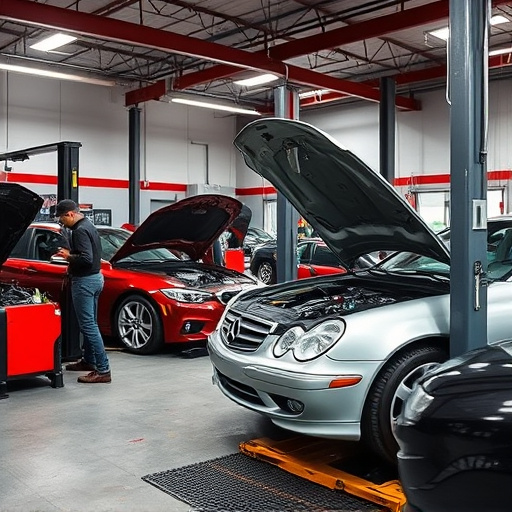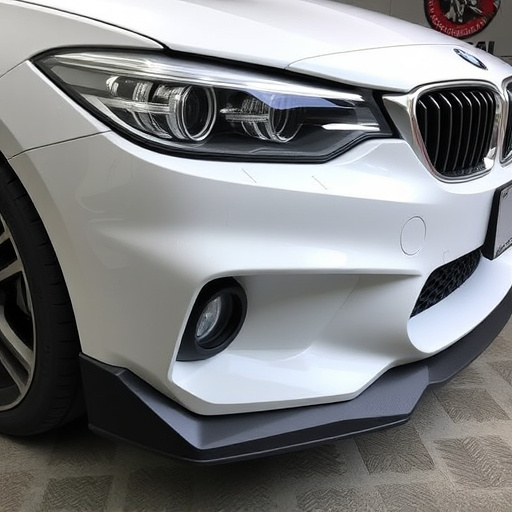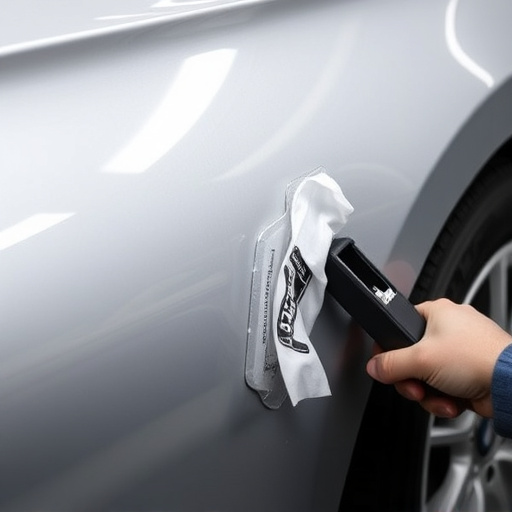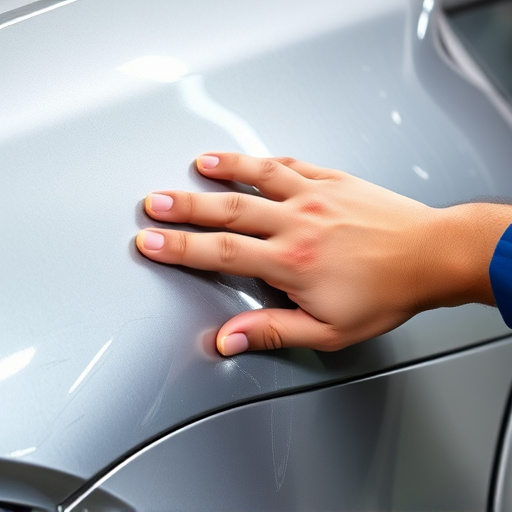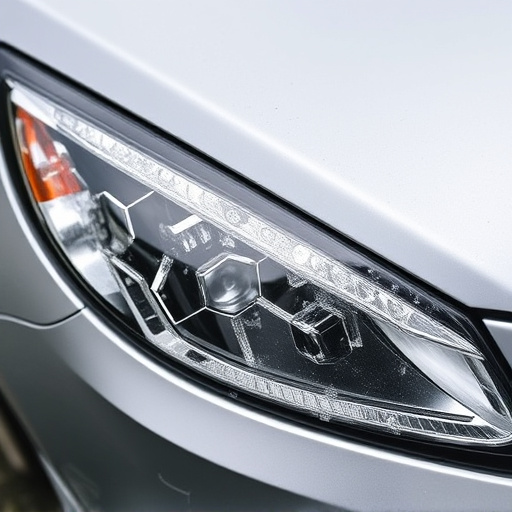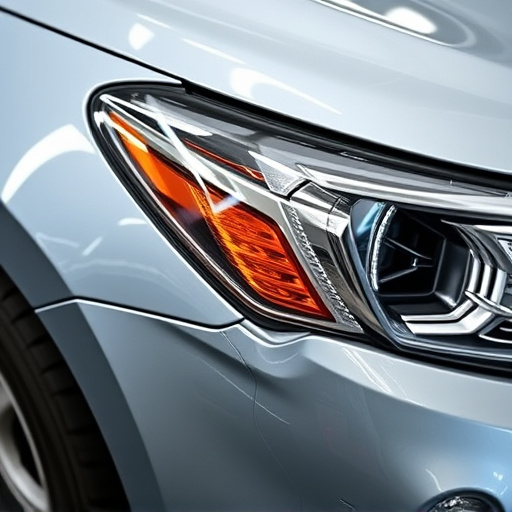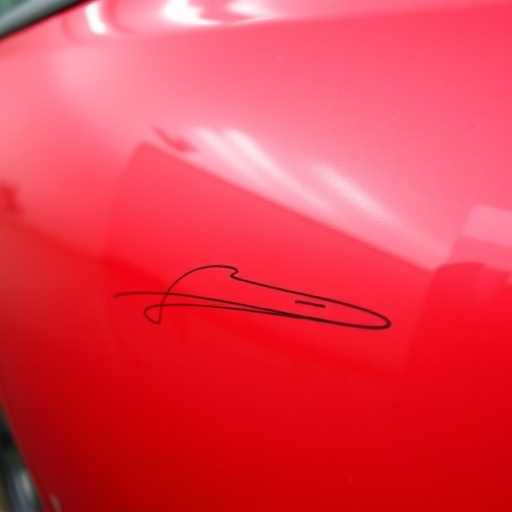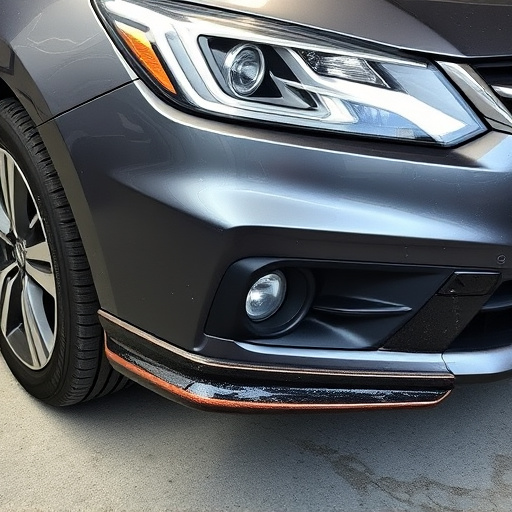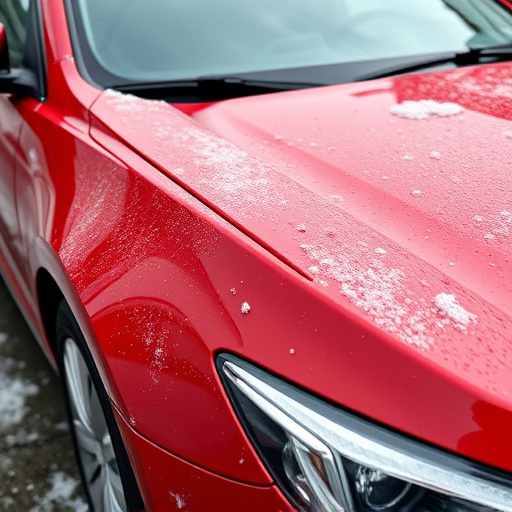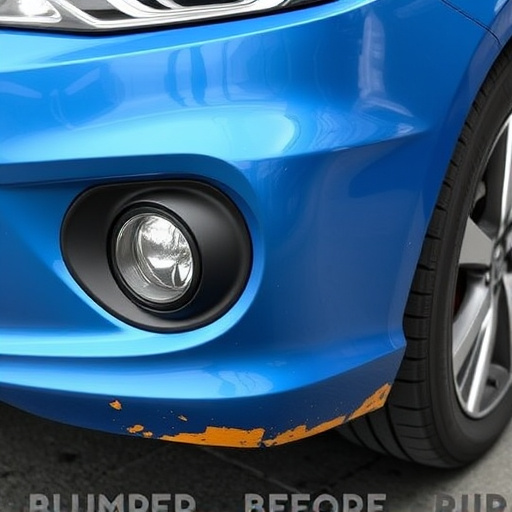Tesla charging ports require regular maintenance and specialized repair due to environmental exposure, frequent use, and mechanical stress, which can lead to electrical issues. Body shops should perform comprehensive insulation testing using advanced tools like oscilloscopes, resistance meters, and thermal imaging for accurate fault diagnosis. Repairs range from component replacement to paintless dent repair, ensuring vehicle safety, functionality, and aesthetic integrity.
In today’s electric vehicle revolution, reliable Tesla charging port repair is paramount for seamless ownership. This comprehensive guide delves into understanding common charging port failures and the importance of electrical insulation testing. We explore a range of tools and techniques for effective repairs, ensuring your Tesla remains charged and safe. By following detailed procedures, you’ll gain the knowledge to maintain optimal charging performance and extend the lifespan of your vehicle’s critical component.
- Understanding Tesla Charging Port Failures
- Tools and Techniques for Repair
- Comprehensive Electrical Insulation Testing Procedures
Understanding Tesla Charging Port Failures

Tesla charging ports, integral to the vehicle’s functionality, can experience failures due to various reasons such as environmental exposure, frequent use, and mechanical stress. Understanding these common causes is crucial for both car owners and fleet repair services alike, enabling them to implement effective Tesla charging port repair strategies. Regular auto maintenance plays a pivotal role in preventing such issues by ensuring proper insulation and sealing around the ports.
Over time, exposure to harsh weather conditions, moisture, and dirt can compromise the electrical insulation of the charging port, leading to short circuits or resistance buildup. Moreover, frequent plugging and unplugging, especially when not done carefully, can cause wear and tear on the internal components. With proper care and regular checks, body shop services can identify these potential problems early on, ensuring timely Tesla charging port repair before they result in more significant electrical issues within the vehicle’s system.
Tools and Techniques for Repair

When it comes to repairing a Tesla charging port, the process requires a combination of specialized tools and precise techniques. Auto repair shops equipped with advanced equipment are best suited for this task. They employ diagnostic tools to identify any faults in the electrical system, ensuring that repairs are accurate and safe. For instance, an oscilloscope can measure voltage levels accurately, helping mechanics isolate issues.
In the event of damage, such as cracks or corrosion, repair technicians use a range of techniques. This may include replacing faulty components, re-soldering connections, or even performing paintless dent repair on the port’s casing to restore its aesthetics without impacting functionality. Vehicle body repair methods are tailored to minimize disruption to the overall design and integrity of the Tesla’s charging mechanism.
Comprehensive Electrical Insulation Testing Procedures

Comprehensive Electrical Insulation Testing is an essential step in Tesla charging port repair, ensuring the safety and functionality of your vehicle’s electrical system. This procedure involves meticulous testing of all insulation components within the charging port to detect any wear, tear, or damage that could compromise the integrity of the circuit. Specialized equipment is utilized to simulate various voltage levels and current flows, simulating real-world conditions and identifying potential hotspots or weak points in the insulation.
By employing advanced diagnostic tools, technicians can perform detailed assessments of the charging port’s electrical insulation, including resistance measurements, capacitance testing, and thermal imaging analysis. This thorough evaluation goes beyond simple visual inspections, as it uncovers subtle issues that might be overlooked during routine vehicle repair or frame straightening processes. Such comprehensive testing is crucial for maintaining the reliability of Autobody repairs, especially considering the high-voltage nature of Tesla’s charging infrastructure.
In conclusion, addressing Tesla charging port failures through effective repair techniques and comprehensive electrical insulation testing is crucial for maintaining optimal vehicle performance. By understanding common issues, utilizing specialized tools, and adhering to rigorous testing procedures, owners can ensure the reliability and safety of their electric vehicles. Armed with this knowledge, you’re better equipped to handle repairs promptly, enhancing your Tesla’s overall efficiency and extending its battery life. For all things related to Tesla charging port repair, these strategies serve as a reliable guide.
